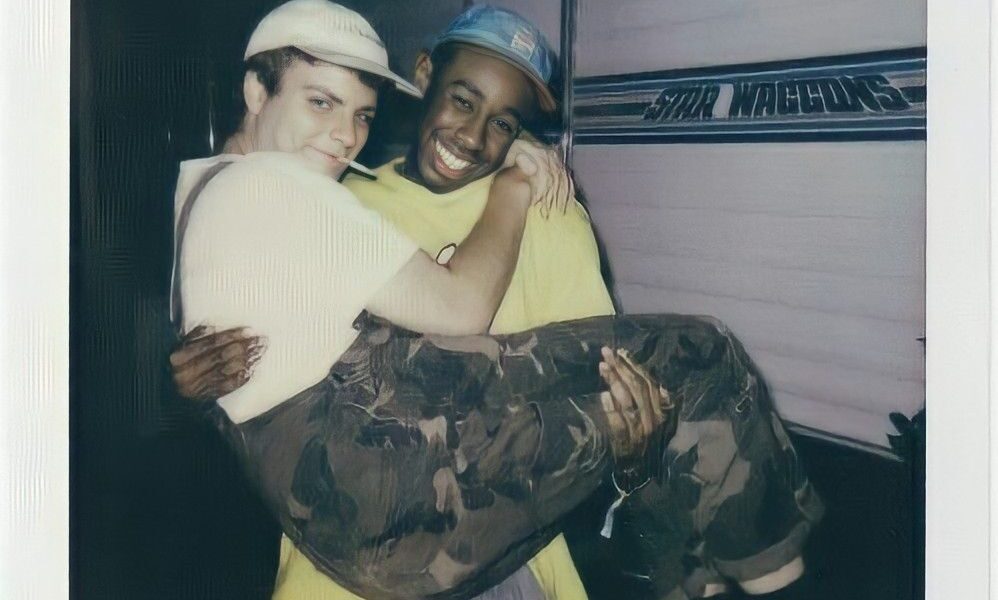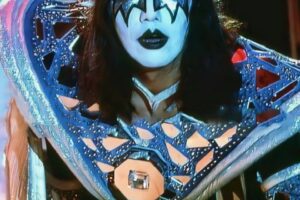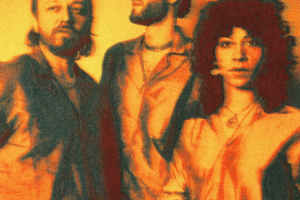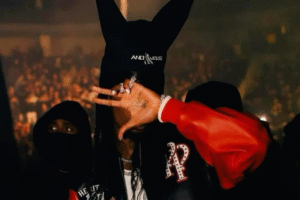In recent years, the music industry has witnessed a remarkable dissolution of traditional genre boundaries. Artists are increasingly venturing beyond their established styles to blend and collaborate with surprising and unexpected genres. These musical crossovers are redefining creativity, broadening audiences, and producing fresh and innovative sounds that captivate listeners around the world.
Musical crossovers involve merging seemingly disparate genres to create something novel and exciting. While cross-genre experimentation has historical roots, the advent of globalization and digital connectivity has accelerated this trend, fostering a creative environment where artists feel empowered to push beyond conventional limits. This has helped erode rigid musical categories, cultivating a more inclusive music culture that applauds diversity and innovation.
K-pop and Rap: A Surge of High-Profile Collaborations
In recent years, K-pop groups have increasingly teamed up with prominent rappers from the global hip-hop scene, creating a vibrant wave of cross-genre collaborations that blend K-pop’s polished melodies and choreography with the raw lyricism and energy of rap. Between 2023 and 2025, acts like Glorilla, Lay Bankz, Megan Thee Stallion and Flo Milli have featured alongside K-pop idols, generating buzz and attracting diverse audiences. These collabs mentioned include ‘5,4,3 Pretty Woman’ by SCOUPS and Mingyu of SEVENTEEN ft. Lay Bankz, ‘Killin’ It Girl’ by JHope ft. Glorilla, ‘Strategy’ by TWICE ft. Megan Thee Stallion and ‘Dirty Work’ by Aespa ft. Flo Milli.
Adding to this trans-genre and trans-cultural movement, legendary producer Pharrell Williams has also contributed to the K-pop scene by producing songs for major acts, such as SEVENTEEN’S ‘Bad Influence’ and New Jeans’ ‘Supernatural’ infusing tracks with his distinctive groove and production expertise. Pharrell’s involvement highlights the increasing appeal and investment of top Western producers in K-pop, further fusing global sounds and styles to create crossover hit music that transcends geographic and genre boundaries.
Gorillaz
Gorillaz are also a prime example of crossgenre collabs. Known for their virtual band concept, Gorillaz consistently embrace a diverse range of collaborations and features, blending indie with genres like hip-hop, electronic, reggae, and alternative rock. Their songs often showcase an eclectic mix of guest artists—from hip-hop legends like De La Soul and MF DOOM to indie rockers and electronic producers—creating a dynamic fusion that transcends traditional genre boundaries. This diverse lineup of collaborators not only enriches their sound but also highlights how indie artists can successfully experiment by inviting voices from outside their usual circles.
Remix Albums Boosting Cross-Genre Collaborations
Remix albums play a key role in expanding genre crossovers by giving songs new life and perspectives. They bring together producers and artists from various genres to reinterpret original tracks, often blending styles like EDM, hip-hop, and pop in fresh ways.
For example, Charli XCX’s Brat remix album features reinterpretations that inject rap, electronic,and trap elements into her hyperpop sound, widening its appeal and showcasing creative experimentation. Features inside the Brat remix album range from Ariana Grande, Yung Lean, The 1975 to Julian Casablancas. Similarly, Pink Pantheress’ Fancy That remix project also uses diverse remixers to broaden her breakbeat and bedroom pop style with features such as Yves, SEVENTEEN, JADE, Bladee, Kaytranada, Zara Larsson and more.
These remix projects help sustain interest in songs, introduce them to new audiences, and foster innovative genre fusion by encouraging collaboration between artists of different musical backgrounds, keeping cross-genre creativity alive and evolving in today’s music scene.



